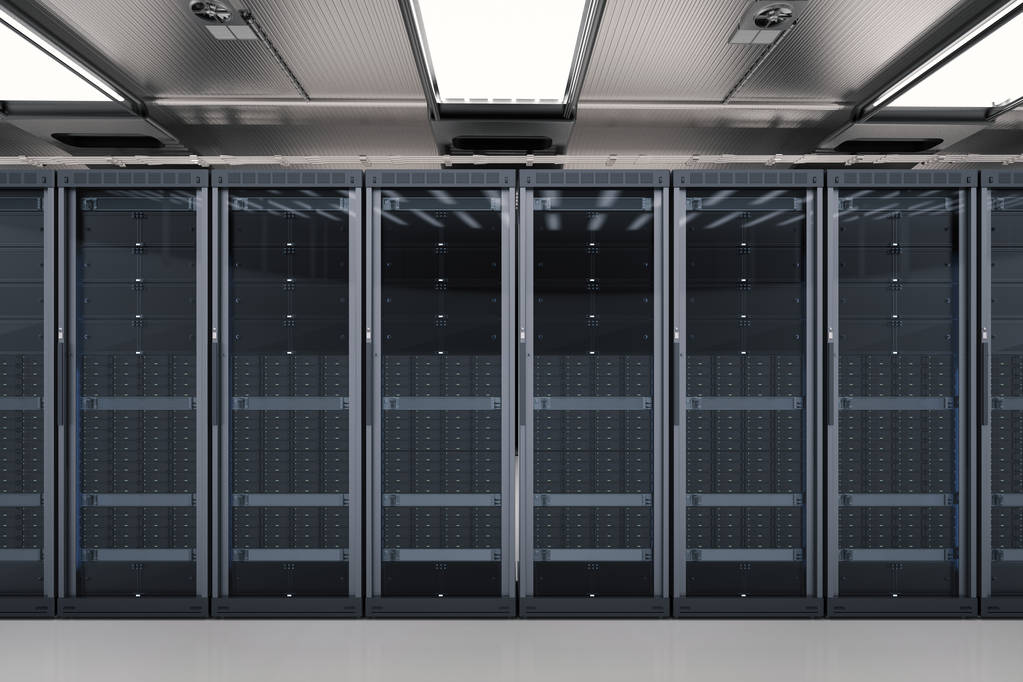Emergency Medical Services (EMS) play a vital role in providing rapid medical assistance during critical situations. To streamline their operations and improve patient care, EMS agencies rely on specialized software known as EMS charting software.

In this blog post, we’ll delve into the world of EMS charting software, answering common questions and shedding light on its significance in modern emergency healthcare.
What Software Does EMS Use?
EMS agencies utilize dedicated EMS charting software to document patient information, treatment procedures, and other critical data. This software is designed to facilitate efficient record-keeping and communication between EMS personnel, hospitals, and other healthcare providers. Leading EMS software options include:
Epic EMS: This comprehensive solution offers features such as electronic patient care reporting (ePCR), real-time communication, and data sharing with hospitals.
ZOLL EMS Solutions: ZOLL provides a range of software applications for EMS agencies, covering ePCR, billing, dispatch, and analytics.
ImageTrend EMS: ImageTrend’s software suite focuses on seamless data collection, incident reporting, and analytics, enhancing EMS agencies’ operational efficiency.
How Do I Document an EMS?
Documenting an EMS incident accurately is crucial for patient care, billing, and legal purposes. EMS charting software simplifies this process by providing structured templates for data entry. Here’s a general outline of the documentation process:
Patient Information: Input essential details like patient demographics, chief complaints, and medical history.
Assessment: Record vital signs, physical examinations, and other relevant observations.
Treatment: Detail the procedures, medications, and interventions administered during the EMS response.
Communication: Note interactions with other healthcare providers, dispatch, and any changes in the patient’s condition.
Transportation: Document the patient’s condition during transport and any changes in treatment.
Outcome: Report the patient’s status upon arrival at the healthcare facility.
What Is the Abbreviation for EMS Software Application Program?
The abbreviation commonly used for EMS software application programs is “ePCR,” which stands for “Electronic Patient Care Reporting.” This refers to the digital method of documenting patient care and incident details during an EMS response.
What Are EMS Computers?
EMS computers refer to the specialized hardware used by EMS personnel to access and interact with EMS charting software. These computers are designed to withstand the rigors of emergency response environments and provide quick and reliable access to patient information. They often include rugged laptops, tablets, or other mobile devices equipped with touchscreens, data input mechanisms, and secure connectivity.

EMS charting software plays a pivotal role in modernizing and streamlining emergency medical services. By offering efficient documentation, real-time communication, and data-sharing capabilities, it empowers EMS personnel to provide optimal patient care. As the healthcare landscape continues to evolve, investing in robust EMS software can make a significant difference in enhancing operational efficiency and ultimately saving lives.
Learn more at Wiki as well.













